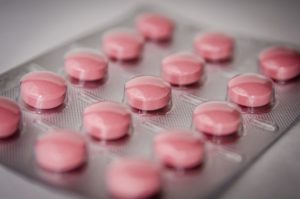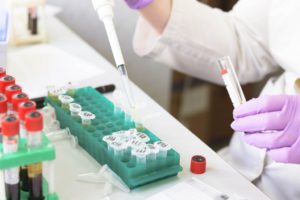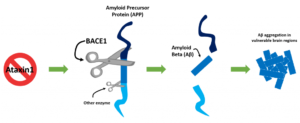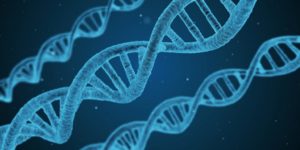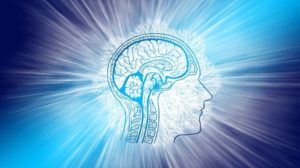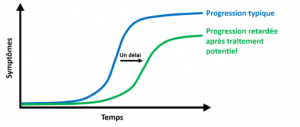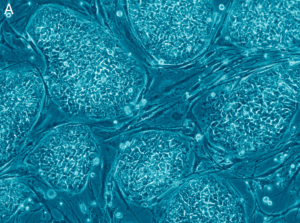
Snapshot: What are stem cells?
Embryonic and adult stem cells Stem cells are cells that provide new cells during growth, and replace cells that are damaged or lost during life. They have the following two important properties that enable them to do this: The ability to develop (differentiate) into many other, different cell types, for Read More…



